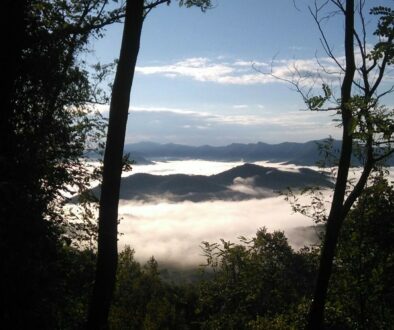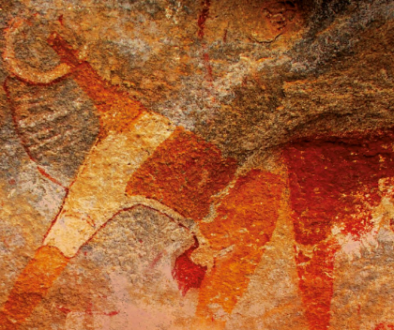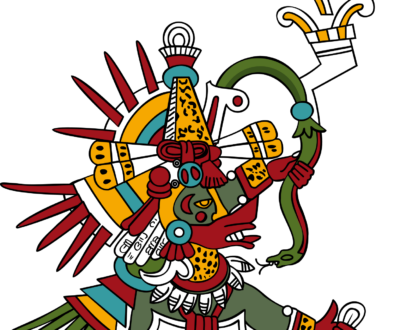The Trees of the Sacred Natural Sites of Zagori, NW Greece
Stara, Kalliopi; Tsiakiris, Rigas; Wong, Jennifer L.G.2015
Cultural landscapes can often be identified by the presence of sacred trees which have been retained and can be recognised as distinctive veteran trees. The characteristics of these trees such as huge size and longevity give them an enduring presence in the landscape, while their conceptualisation as the ‘domesticated’ wild, transform them into symbols of spirituality and local history. In Zagori, NW Greece, trees gain sanctity by virtue of proximity or connection with sacred sites often associated with churches. In these sites, trees can grow into natural shapes as a result of strong taboos, which prevent use for private needs. There is an association between tree species and the nature of the sacred site: broadleaved oaks and maples are associated with outlying churches; plane trees are located in central squares, next to the church and provide a focal point for community life, while in cemeteries native evergreens are nowadays replaced by planted conifers. In the present day local communities appreciate sacred trees as living elements of their collective memory and local history.
Reference
Stara, Kalliopi; Tsiakiris, Rigas; Wong, Jennifer L.G. The Trees of the Sacred Natural Sites of Zagori, NW Greece. Landscape Research, 2015. <http://dx.doi.org/10.1080/01426397.2014.911266>.




